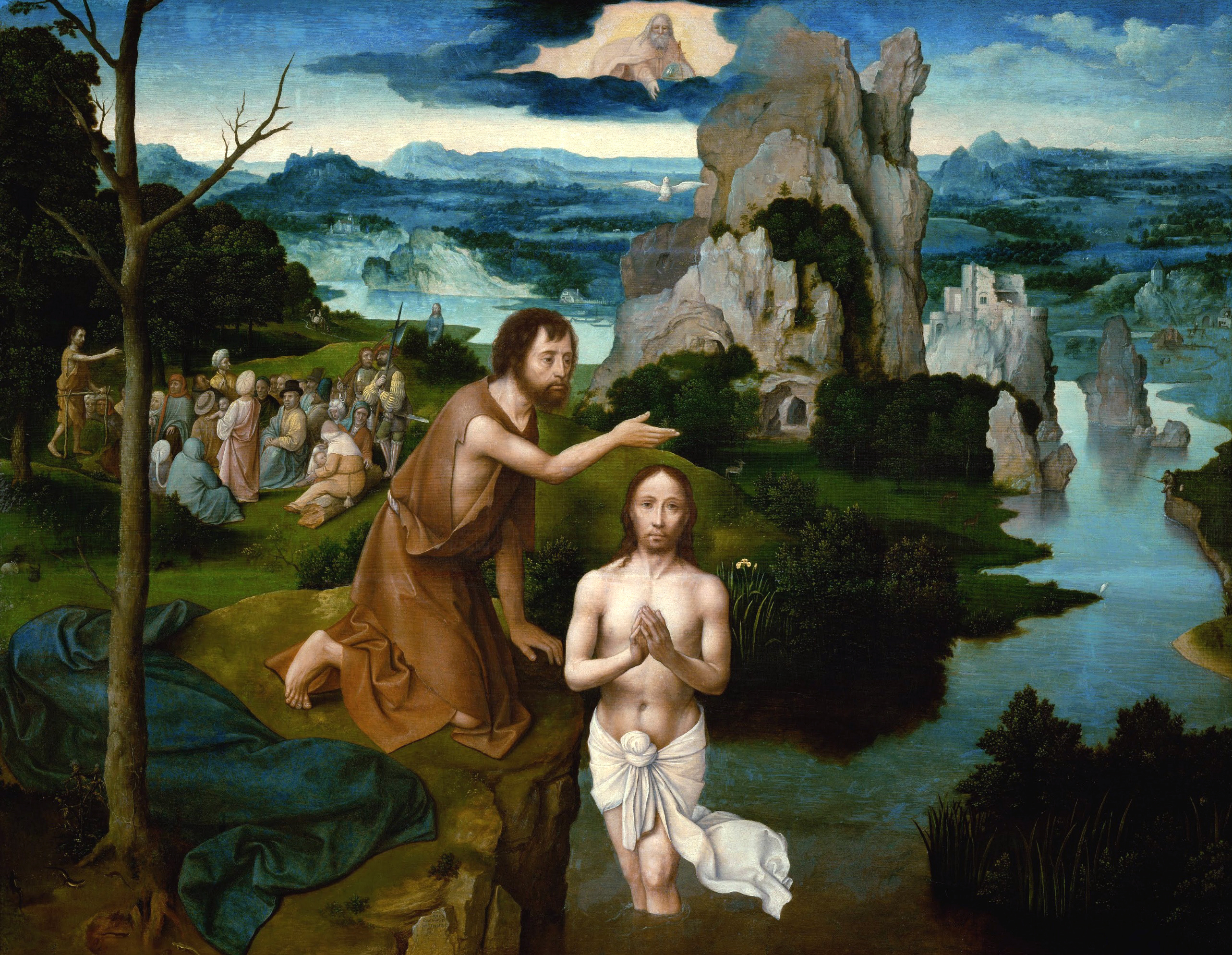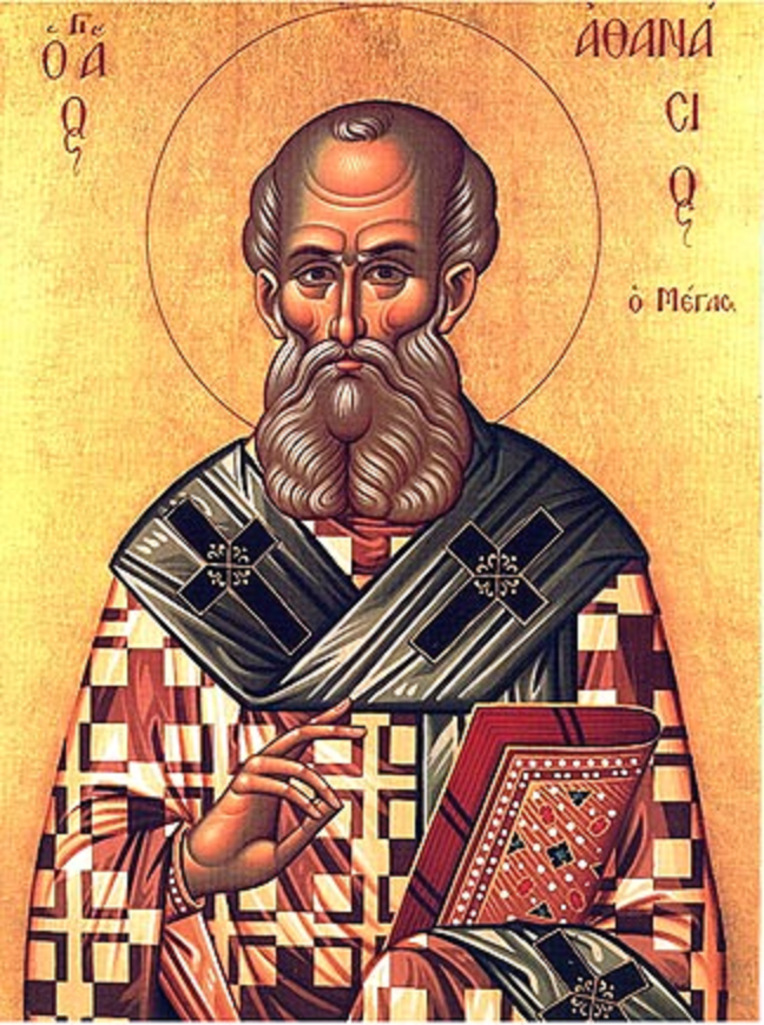“That God is the Creator of the world is accepted even by the those very persons who in many ways speak against Him, and yet acknowledge Him, styling Him the Creator...all men, in fact consenting to this truth.” – Irenaeus, Against the Heresies 2.9.1
In the first chapter of his book
The Triune Creator, Colin Gunton argues that Christian theologians have often claimed that belief in creation is universal in the human race. Cultures throughout have history have given account of why there is something instead of nothing, why there is a meaningful universe.
There is a common idea of creation. However, Gunton argues that the Christian account of Creation is distinctive. Unlike other explanations, such as Plato’s
Timaeus, which describe the creation of something out of ore-existent reality, what we find in the pages of scripture is different.
“Far from being one ancient myth among many, this was unique in saying things no other ancient text was able to say.”
Partly this is an awareness within Christianity not only of the universality of creation accounts amongst humans, but also a universal inability to know God through his creation:
“...pagan thought totally fails to understand the true nature of things. Its chief mistake is in confusing the creature with the creator, but there is also a general human to recognise God for what he truly is”.
As Calvin would put, we are idol factories. Humans exchange the truth about God for a lie; we cannot truly comprehend ourselves and the world around us.
For Gunton, the Christian account says things that have not elsewhere been said because the doctrine of creation is ‘bound up with beliefs about Christ and redemption’. Firstly, for Christians the doctrine is creedal, and hence ‘part of the fabric of Christian response to revelation. This doctrine is not self-evident or attainable through cold reason, but only is revealed by ‘God the Father, maker of Heaven and Earth.’ Secondly, although is not unambiguous within the scriptures, the unique contribution of the Christian doctrine is that God creates out of nothing (
cf here). He is not one of the primordial gods of other creation myths who makes out eternal matter, and is then worn out by the process.
“In general, Greek though held that matter was both eternal and inferior to mind or spirit. The intellectual breakthrough of second-century Christian theology came from contending against both these doctrines, in teaching that matter both had a beginning and, for that reason was not inferior but intended by a good creator.”
Thirdly, creation is the work of the whole Trinity: Father, Son and Holy Spirit.
After these three concepts, Gunton then offers seven distinctive features of the Christian doctrine of creation that set it apart from other creation accounts:
1. Creation was out of nothing. God relied on nothing outside of himself to create the world, which makes the world an act of personal willing that there be something other. Creation is an act of divine sovereignty and freedom. It also means the cosmos is neither eternal (as it has a beginning), nor infinite.
2. Therefore, creation was not arbitrary. It derives from the love of God, not simply its will. And it was designed with a purpose. Which is where the Trinitarian shape of the Christian account is important; creation is contingent. Preexisting creation in a communion of persons existing in loving relationships, we are able to say God wills the existence of something else simply for its own sake, and is given a value as a realm of being in its own right. The created order is itself ‘very good.’
3. Creation remains in close relation to God, and yet is free to be itself. The created order is not overwhelmed by God; it is not god itself. Here we are able to understand how God works in and towards the world, through what Irenaeus called the two hands of God: Christ and the Spirit. Creation is structured to and through Christ, the very one who became incarnate and remains in loving relation with it. And for Basil of Caesarea, it is the Holy Spirit who enables the created order to be truly itself; he is the perfecting cause of creation.
4. As God work in and towards creation through Christ and the Spirit, our understanding of the divine work of creation is not limited to its beginning and end. God continues to uphold and care for his creation – he is not the god of deism who leaves the work of creation half finished. And God also provides for the needs of the creation, and enables it to achieve the end that was purposed for it from the beginning.
5. Because all that God creates is good, that means that evil must be something ‘extraneous to or parasitic upon creation as a whole.’ If the world was created good and with a telos in view, then evil is what thwarts the divine purpose for it. Central to this problem is human sin, which is some way involves the whole created order in evil.
"Its existence [evil] means that creation's purpose can be achieved only by its redirection from within by the creator himself...Given the all-polluting power of evil and its centre in human sin, redemption can be achieved only by the one through whom the world was created becoming incarnate, dying and rising as the way through which the creation can be redeemed (brought back) from its bondage to destruction."
Within the Christian tradition there have been a range of views of the relation between creation, the fall and redemption.
a) Restoration: For Origen and Augustine, the creation was so completely finished in the beginning, that the fall is a move away from perfection, and redemption can then only mean a return to that perfection.
b) Evolution: A more recent view shaped by Hegel and Darwin would see the fall either as minor impediment or an essential step on the way to perfection. The fall then becomes the means by which creation reaches its perfection. But this view tends to minimise the problem of evil, and the achievements of Jesus’ death.
c) Transformation: Gunton’s preferred view is that creation was made to go somewhere, but that goal can only be reached through a radical redirection, because sin and evil have reshaped its direction. This is the movement towards an end greater than the beginning, and redemption is the defeat of evil and the restoration of the created orders original direction.
6. No theology of creation is complete without giving an account of humanity. Humans are created in God’s image, and for Gunton this is humans existing in relation to God, other humans and the rest of the created order. The relating to the created order is described as dominion:
“...a calling to be and to act in such a way as to enable the created order to be itself as a response of praise to its maker. However, the distinctive place of human creation cannot be understood apart from Christology. Genesis makes the human race both the crown of, and uniquely responsible for, the shape that creation takes. By speaking of Jesus Christ as the true image of God, the New Testament shows that this responsibility is realised only in and through him.”
7. If God’s purpose is for the redemption and perfection of the whole creation, "then
all [italics original] human action" will involve the human response to God we call ethics. Ethics encompasses not simply principles of action but a whole way of being in the world, which makes it integral to a Christian doctrine of creation. This will be shaped by both how we view the world, and our eschatology.












